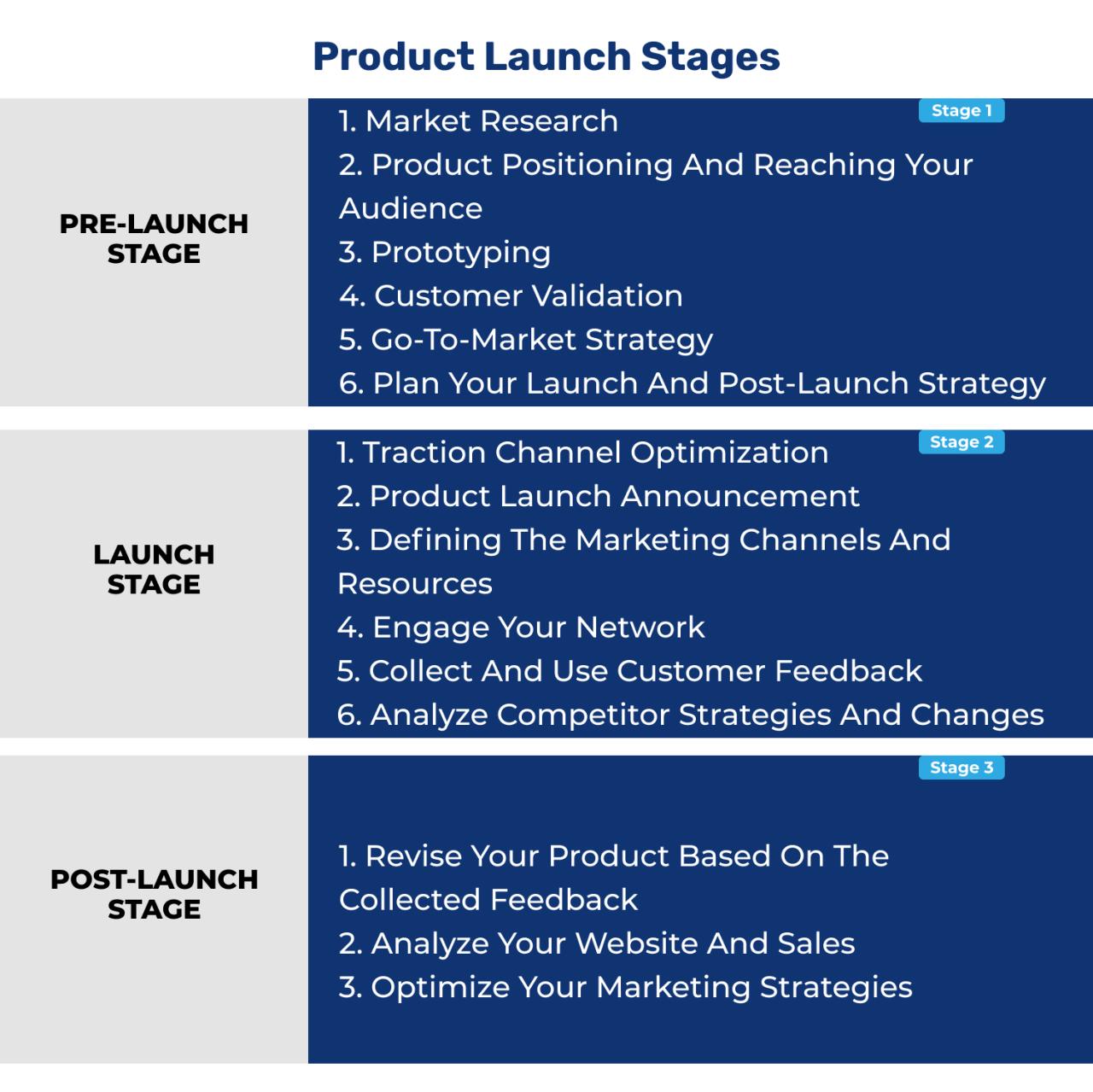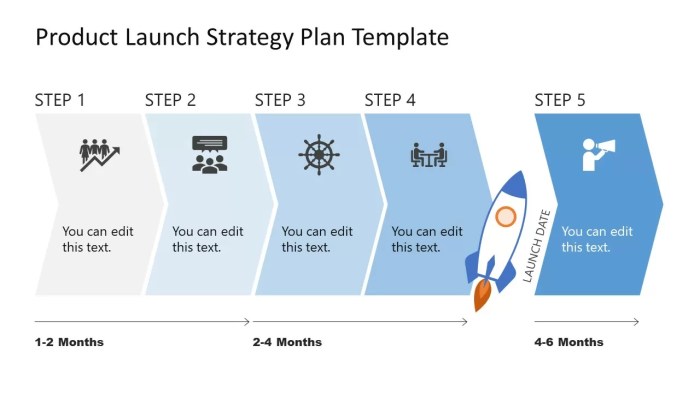Product Launch Strategies: Get ready to dive into the world of strategic planning and successful launches like never before. From setting clear objectives to maintaining momentum, this journey will be filled with insights and examples that will inspire your next big launch.
In the world of business, product launches are more than just releasing a new item – they are strategic moves that can make or break a company’s success.
Introduction to Product Launch Strategies
In the business context, product launch strategies refer to the carefully planned and executed tactics used by companies to introduce a new product or service to the market. These strategies encompass all aspects of the launch, from the initial planning stages to the actual release and marketing efforts.
Importance of Effective Product Launch Strategies
Effective product launch strategies are crucial for businesses as they can make or break the success of a new product. A well-thought-out strategy can generate buzz, create excitement, and drive sales, ultimately leading to a successful launch and long-term success in the market.
Examples of Successful Product Launches and Their Strategies
- Apple iPhone: Apple’s product launches are known for their secrecy and hype-building strategies. By creating anticipation and excitement among consumers, Apple generates massive sales upon release.
- Tesla Model 3: Tesla’s approach to offering pre-orders and creating a sense of exclusivity contributed to the success of the Model 3 launch, resulting in thousands of reservations before production even began.
Role of Market Research in Developing Product Launch Strategies
Market research plays a crucial role in developing product launch strategies by providing valuable insights into consumer preferences, market trends, and competitor analysis. By understanding the target audience and market dynamics, companies can tailor their launch strategies for maximum impact and success.
Pre-Launch Phase

In the pre-launch phase of a product, there are several key steps that companies need to take to set the stage for a successful launch. One of the most important aspects of this phase is setting clear objectives before the actual launch date.
Setting Clear Objectives
Setting clear objectives before launching a product is crucial for several reasons. Firstly, it helps the company define what they want to achieve with the launch and provides a roadmap for how to get there. By clearly outlining their goals, companies can ensure that all efforts are aligned towards a common purpose. Additionally, having clear objectives allows companies to measure the success of their launch and make necessary adjustments along the way.
- Define specific sales targets and revenue goals.
- Identify target market segments and establish key performance indicators.
- Create a timeline with milestones to track progress.
Building Anticipation and Buzz
Building anticipation and buzz before the actual launch is essential to generate excitement and interest among consumers. By creating a sense of anticipation, companies can pique the curiosity of their target audience and increase awareness about the upcoming product.
- Tease product features through social media sneak peeks and behind-the-scenes content.
- Host exclusive events or webinars to engage with key stakeholders and influencers.
- Utilize email marketing campaigns to keep potential customers informed and engaged.
Pre-Launch Marketing Tactics
Companies often employ various marketing tactics in the pre-launch phase to create buzz and generate interest in their upcoming product. These tactics help build brand awareness, attract potential customers, and ultimately drive sales when the product is officially launched.
- Offer early bird discounts or exclusive pre-order incentives to encourage early adoption.
- Run targeted ad campaigns on social media platforms to reach specific audience segments.
- Create teaser videos or interactive content to engage with consumers and build excitement.
Launch Phase: Product Launch Strategies

During the launch phase of a product, several key activities take place to introduce the product to the market and build excitement among potential customers. This phase is crucial for creating initial buzz and driving sales.
Choosing the Right Launch Date and Timing
The significance of selecting the right launch date and timing cannot be overstated. It’s essential to consider factors like market trends, competitor activity, and seasonality to maximize the impact of the launch. A well-timed launch can help generate more interest and engagement from consumers.
Role of Different Marketing Channels
Utilizing a mix of marketing channels is essential for a successful product launch. From social media and email marketing to influencer partnerships and traditional advertising, each channel plays a unique role in reaching and engaging with target audiences. By diversifying marketing efforts, companies can maximize their reach and impact during the launch phase.
Tips for Creating a Memorable Launch Event, Product Launch Strategies
– Collaborate with influencers or brand ambassadors to amplify reach and credibility.
– Offer exclusive perks or discounts to early adopters to incentivize purchases.
– Host engaging and interactive events, both online and offline, to connect with customers on a personal level.
– Leverage user-generated content and testimonials to build social proof and trust among potential buyers.
– Create a sense of urgency through limited-time offers or special promotions to drive sales during the launch period.
Post-Launch Phase
After a product is launched, there are several key actions that need to be taken to ensure its success. One crucial step is to collect and analyze feedback from customers post-launch. This feedback can provide valuable insights into how the product is being received in the market and what improvements can be made.
Importance of Collecting and Analyzing Feedback Post-Launch
- Feedback helps identify areas of improvement
- Allows for continuous product enhancement
- Helps in understanding customer preferences and needs
- Can lead to increased customer satisfaction and retention
Strategies for Maintaining Momentum After Initial Launch
- Continue marketing efforts to reach new customers
- Offer promotions or discounts to incentivize purchases
- Engage with customers through social media and email campaigns
- Release updates or new features to keep the product fresh
Examples of Successful Post-Launch Strategies
- Apple’s iPhone launch – continuous updates and new models keep customers engaged
- Amazon’s product reviews and ratings system – valuable feedback loop for improvements
- Samsung’s Galaxy series – regular product releases to maintain interest and momentum
- Nike’s limited edition drops – create buzz and demand post-launch